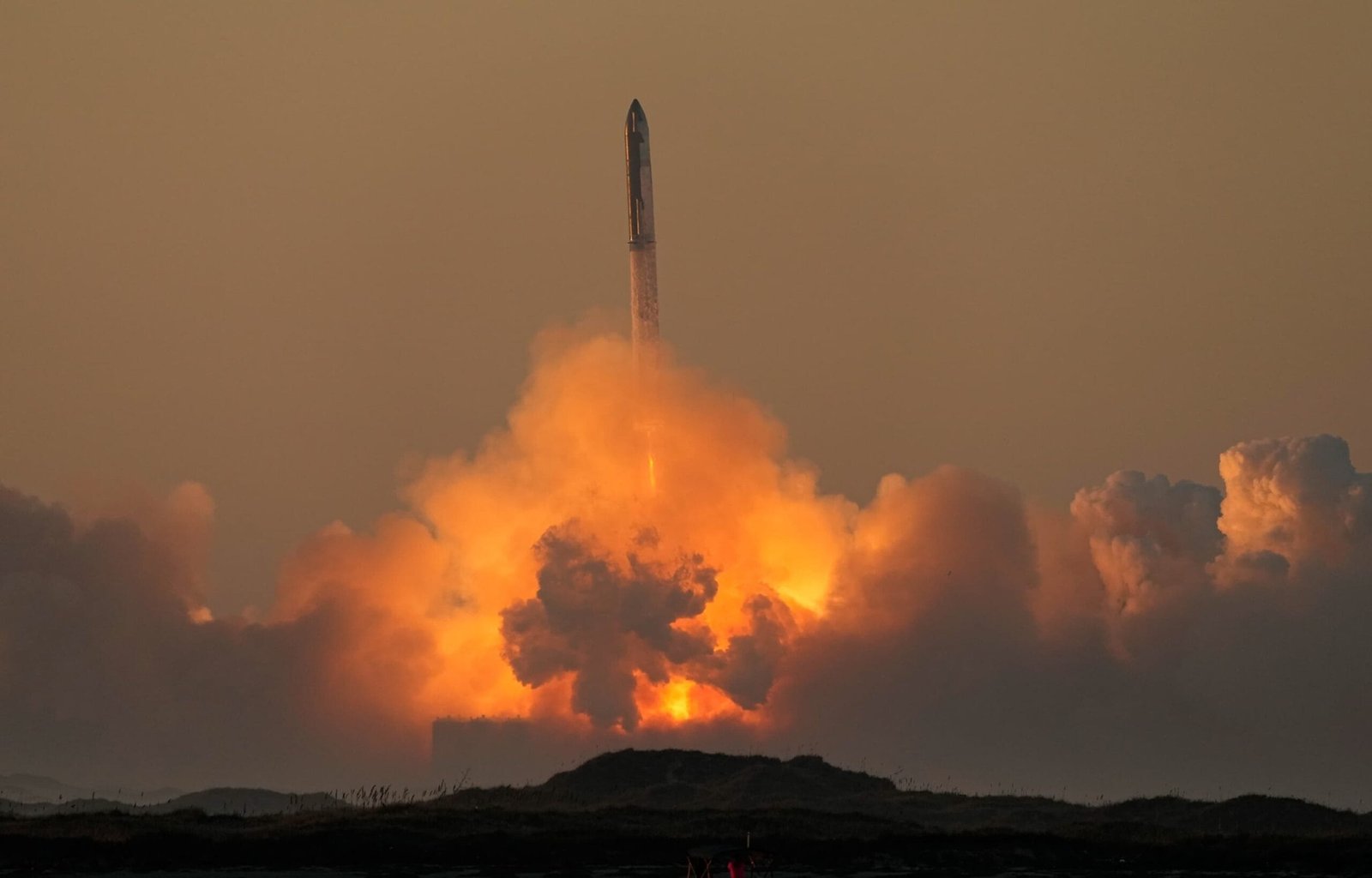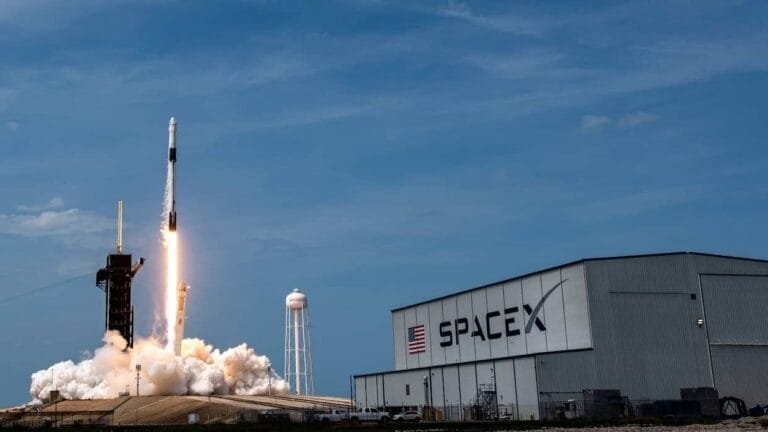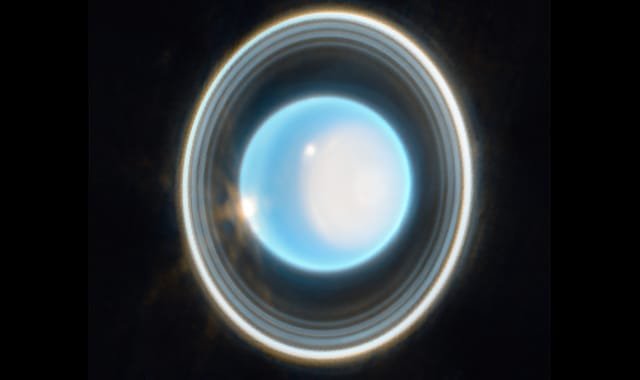
A SpaceX prototype explodes at Starbase during a high-altitude test flight — a step forward, not backward.
The stark beauty of South Texas was shattered by a rumble and a fireball. Another SpaceX rocket prototype came to a dramatic end during testing at the company’s Starbase facility near Boca Chica. The headlines screamed “Explosion!” But the crucial follow-up, which is often suppressed, was the most important. “No injuries reported.”This incident, far from being a simple failure, is a complex chapter in the relentless pursuit of interplanetary travel. Let’s delve deeper into the what, why, and what-ifs of this fiery spectacle.
The fiery baptism of a starship (possibly SN10, SN11, or static fire) if the ISHA event is anything to go by. The setting is SpaceX’s sprawling Starbase complex, a once quiet beach that has been transformed into a 21st-century rocket factory and launchpad. This is where the future Starship system designed for Mars, the Moon, and beyond is being born, tested, and yes, sometimes destroyed. The Protagonist While the exact vehicle isn’t always immediately confirmed (common during rapid prototyping), these high-altitude test flights or ground static fires typically involve a “serial number” (SN) prototype of the Starship spacecraft or its Super Heavy booster. Think SN9, SN10, SN11, or later versions. These are full-scale test articles, loaded with sensors but not yet carrying humans or payloads.
Action Two main scenarios trigger these headlines.
High-altitude test flight Starship prototypes launch, climb to ~10 km (6.2 mi), perform complex aerodynamic maneuvers (“belly flops”) to simulate re-entry, then attempt to re-ignite their Raptor engines and land vertically. The point of explosion often occurs during the landing sequence. The engines may fail to re-ignite, burn unevenly, or the vehicle may lose control just meters above the pad. SN9 and SN11 exploded during landing attempts. SN10 famously landed… then exploded minutes later due to a methane leak.
The point of ground static fire test
First, the rockets undergo intensive testing while firmly anchored to the pad. Engineers fire the engines at full or partial thrust to verify systems. Speaking of the explosion point, a catastrophic failure during this test—perhaps a fuel leak, turbopump malfunction, or structural breach—could result in a massive fireball engulfing the vehicle on the pad. This is less common for recent flight-ready vehicles, but it did happen during early development of the Raptor engine. The immediate result was a spectacular fireball, scattered debris (often contained within SpaceX’s designated hazard zone), and plumes of smoke visible for miles. Importantly, emergency protocols worked impeccably. The area was evacuated beforehand according to standard procedure. Remote monitoring and strong safety margins ensured no personnel were endangered. Local authorities confirmed there was no threat to public safety other than noise and visual spectacle.
Why “no injuries” is the most important headline.
- Human life is paramount.
SpaceX’s fundamental safety culture prioritizes the safety of its people and the public above all else. These tests are performed in a remote location with extensive exclusion zones to minimize risk. A successful safety outcome is non-negotiable.
- Speaking of confirming safety protocols
Each test without injuries proves the effectiveness of their procedures – evacuation planning, pad design, remote operations, risk analysis. This builds confidence for future, more complex tests and eventually crewed flights. Enables aggressive testing Knowing that personnel are safe allows SpaceX to aggressively push the boundaries. They can test to the limits (and beyond) without fear of immediate human cost, accelerating the learning process in a way traditional aerospace often cannot.
Why SpaceX keeps “flying things”.
Rapid iterative development is why SpaceX doesn’t build a single perfect, uncrewed rocket in a decade. They build multiple prototypes, quickly and relatively inexpensively (using advanced manufacturing such as stainless steel construction). They are failure data. When a prototype explodes, thousands of sensors streaming data until the moment of destruction tell engineers exactly what went wrong. This is infinitely more valuable than simulations or cautious testing that never gets to the failure mode. Continuously pushing the boundaries is what makes Starship revolutionary. Fully reusable, the most powerful rocket ever built, with complex landing maneuvers, use new cryogenic methane fuel. To achieve this it is necessary to test the absolute limits of physics and engineering.
Ailures are natural when you are using cutting edge technology. Elon Musk says “Fail fast, learn fast.” Some early prototypes to accelerate overall development are the best ways to do this. Abandoning prototypes is the core of SpaceX’s strategy. Their goal is to find flaws early in the design cycle when changes are cheap and easy. Cost efficiency Building many simple prototypes quickly and learning from their failures is often cheaper and faster in the long run than spending years and billions designing a “perfect” vehicle that may have unexpected flaws revealed on its first (and only) expensive flight.
The anatomy of an explosion What can go wrong.
Let’s talk about this problem: problems with the Raptor engines, the beating heart of Starship. Challenges with relighting, combustion instability, turbopump failures, valve malfunctions or leaks (particularly high pressure methane) are the main suspects. The explosion after SN10’s landing was linked to a methane leak. Such as propellant feed problems, landing legs/structure, flight controls,
Regulatory lens FAA’s role
Every commercial launch in the US requires Federal Aviation Administration (FAA) licensing. An explosion automatically triggers a response. The FAA initiates a formal “accident investigation.” SpaceX leads the technical investigation under FAA oversight. And the goal is to find the root cause, not assign blame. SpaceX must identify and implement FAA-approved fixes. And before a test flight can take place, SpaceX must demonstrate that the root cause has been addressed, and the FAA must modify the existing license or issue a new one. This investigation process inevitably causes delays when it comes to timelines. The duration depends on the complexity of the failure and the effectiveness of the corrective actions. Public and media pressure often centers on these delays, creating tension between the pace of innovation and regulatory caution.
Public perception: Boom vs. Progress
“Explosion” makes a dramatic headline. It’s easy to interpret it as a catastrophic failure or setback, especially without context. Many viewers don’t understand SpaceX’s high-risk testing philosophy or the intentional remoteness of Starbase. They see the fire and assume danger or incompetence.
The big picture Why all this matters for the future.
Starship isn’t just another rocket and beyond. It’s designed to be a workhorse for establishing a human presence on the Moon (NASA’s Artemis program) and eventually Mars. Each test explosion refines the design for these incredibly ambitious goals. Starship’s challenges (materials, engines, refueling, mass production) are what drive the entire aerospace industry forward. Technologies developed here will pay off in the long run. Accelerating access to space If successful, Starship promises to dramatically reduce the cost of reaching orbit, opening up opportunities for science, commerce, and possibly tourism in space on an unprecedented scale.
Conclusion Fire as the Forge
The fireball over Starbase is not a symbol of defeat, but rather a harsh but necessary teacher in the most ambitious engineering project of our time. SpaceX’s willingness to publicly test, fail, learn, and repeat at unprecedented speed is rewriting the rules of aerospace development. The “no injuries reported” tagline is the critical safety foundation enabling this bold approach. While FAA scrutiny ensures accountability and long-term safety, each explosion, paradoxically, brings Starship closer to its goals. The path to making humanity multiplanetary is filled with challenges, setbacks, and yes, spectacular explosions.






“Failure is part of progress. Every explosion teaches SpaceX something new. That’s how innovation works!”